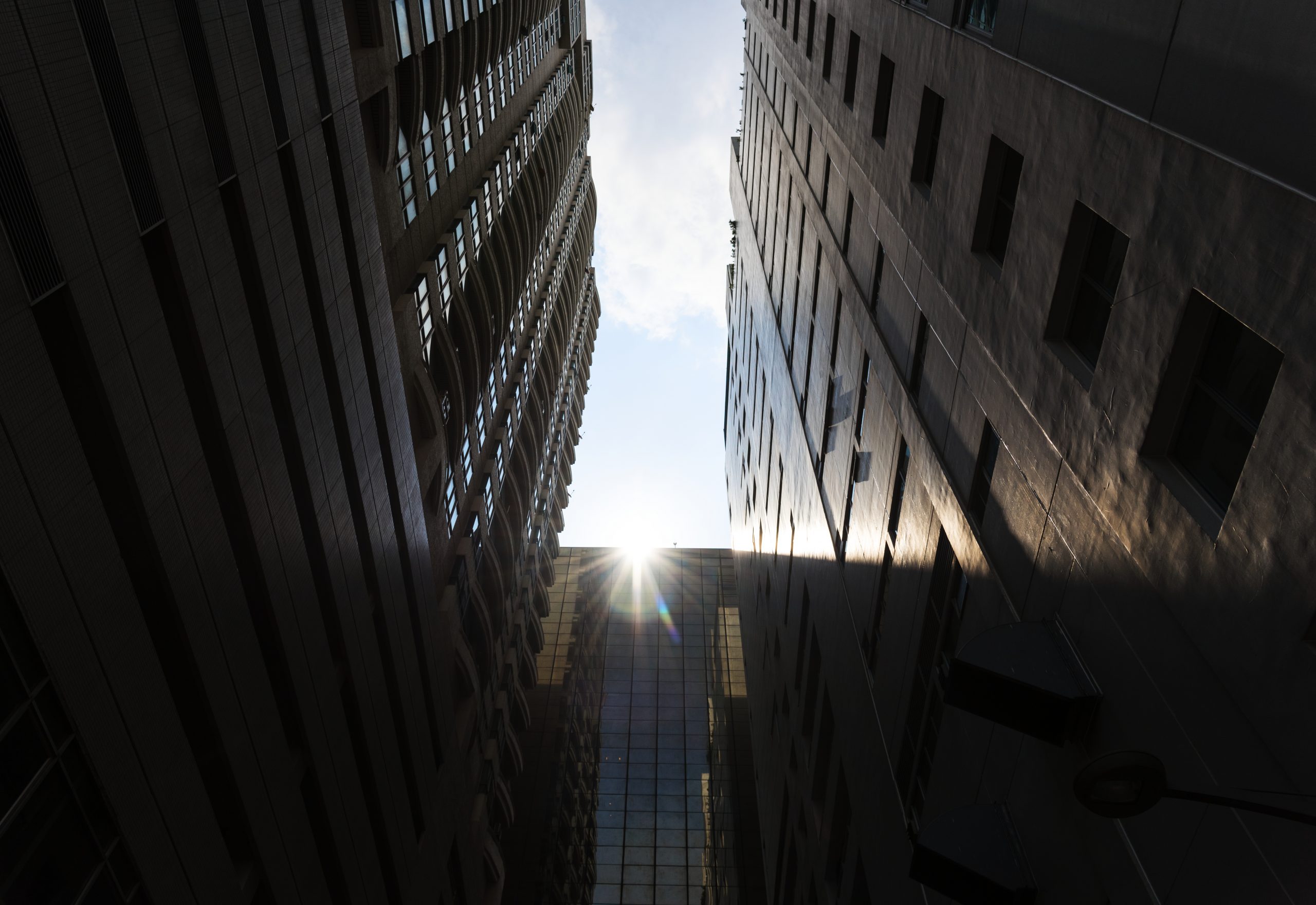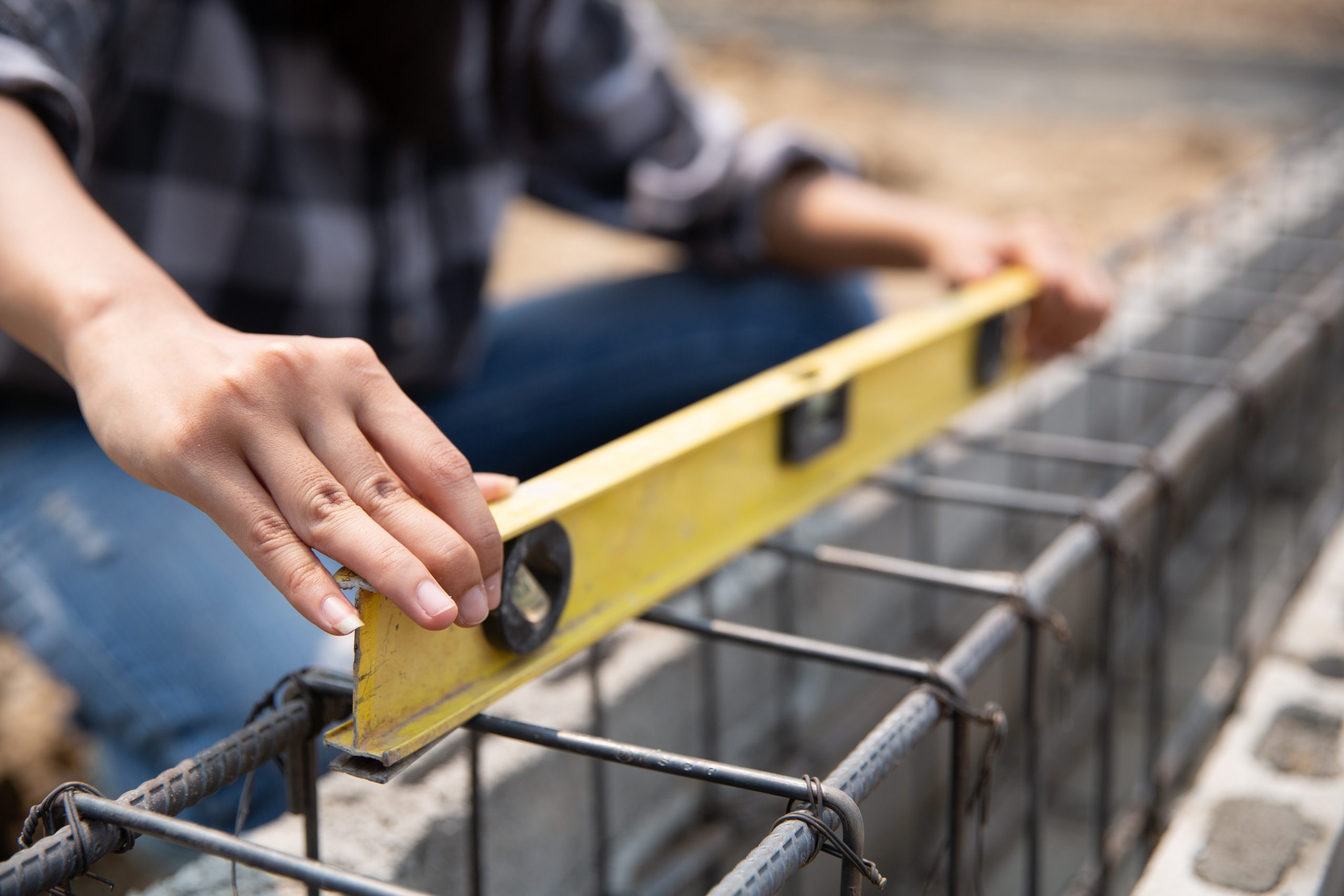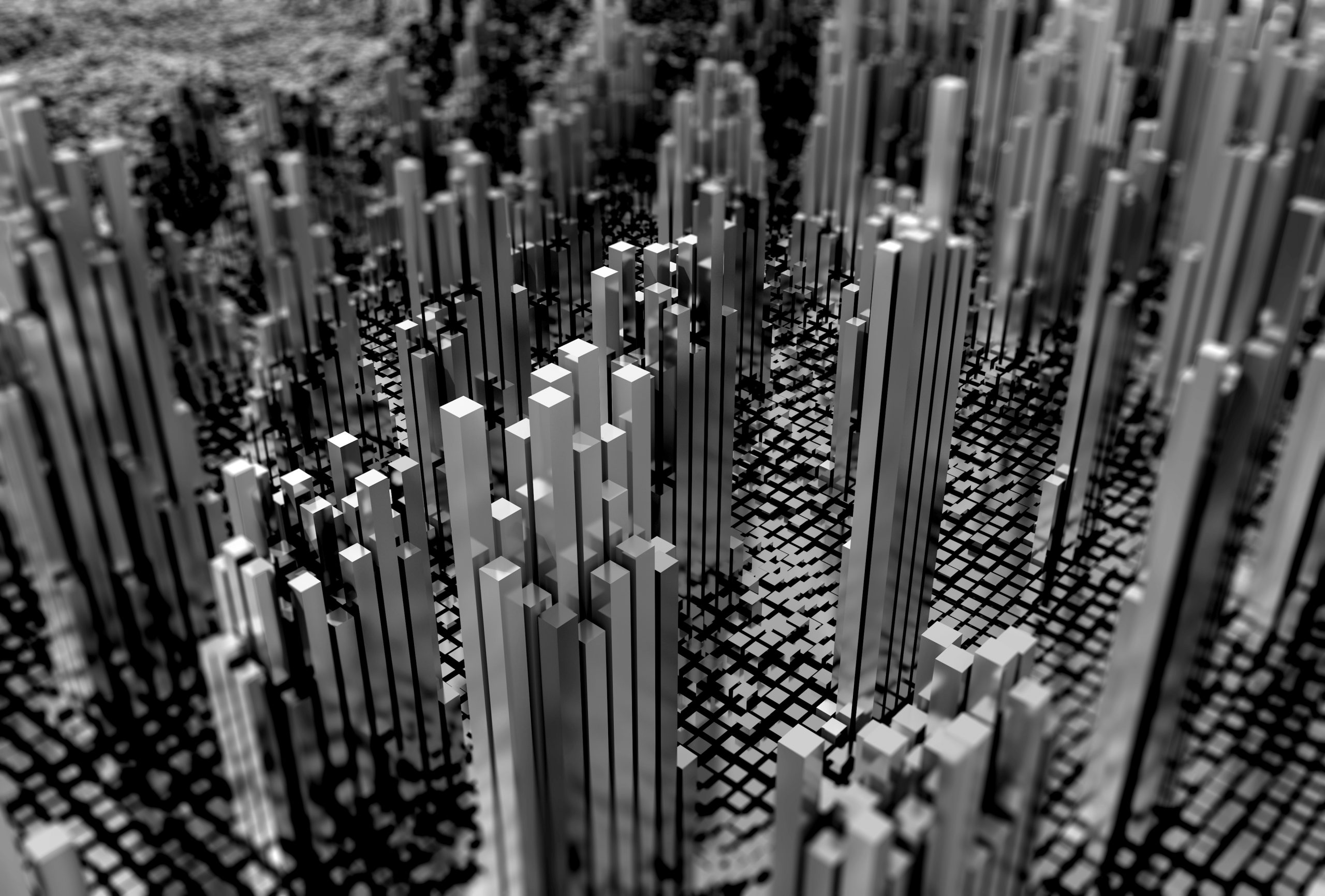High-rise buildings face unique challenges when it comes to structural integrity. With increasing height and complexity, it is crucial to ensure that these structures can withstand various forces such as wind, earthquakes, and the weight of the building itself. In this article, we’ll explore key strategies to optimize structural integrity in high-rise buildings.
1. Use of Strong, Lightweight Materials
The choice of materials is one of the most important factors in ensuring structural integrity. High-rise buildings require materials that are both strong and lightweight to support the load of the structure without excessive weight. Some popular materials for high-rise construction include:
- High-Strength Concrete: Used for floors, foundations, and support columns, high-strength concrete provides the necessary durability while keeping the building’s weight manageable.
- Steel and Reinforced Steel: Steel is often used for the skeleton of high-rise buildings due to its strength and flexibility, which allows it to withstand external forces like wind and seismic activity.
2. Incorporating Redundancy in Structural Design
In structural engineering, redundancy refers to the inclusion of backup systems or components that can take over the load in case one part of the structure fails. This principle is critical in high-rise buildings, as failure in one element can compromise the whole structure. Key techniques to add redundancy include:
- Multiple Load Paths: Designing the building with several load paths ensures that the weight of the building is evenly distributed and that if one part of the structure fails, the remaining parts can still bear the load.
- Cross-Bracing: Cross-bracing adds lateral stability to buildings by using diagonal braces to prevent lateral movement, especially important in high-rise buildings subjected to high winds.
3. Wind and Seismic Resistance Design
High-rise buildings are more vulnerable to external forces such as wind and seismic activity. It is essential to integrate design strategies that help mitigate these risks.
- Aerodynamic Building Shape: The shape of the building can play a crucial role in reducing wind resistance. Tapered or rounded designs help redirect wind flow, reducing the pressure on the structure.
- Seismic Bracing and Damping Systems: Incorporating seismic bracing and damping systems, such as tuned mass dampers, helps minimize sway during earthquakes. These systems absorb and dissipate energy, preventing structural damage.
4. Optimizing Foundation Design
The foundation of a high-rise building plays a crucial role in ensuring overall stability. A well-designed foundation ensures that the building can distribute its weight evenly, preventing subsidence or tilting. Key foundation types for high-rise buildings include:
- Pile Foundations: Deep foundation systems like piles transfer the load to deeper, more stable soil layers.
- Raft Foundations: A large slab that spreads the load over a wide area, often used in high-rise buildings where the soil conditions are not ideal for pile foundations.
5. Regular Maintenance and Monitoring
Even with the best structural design, high-rise buildings require ongoing maintenance and monitoring to ensure their structural integrity over time. Some methods for monitoring and maintaining structural integrity include:
- Structural Health Monitoring (SHM): Installing sensors that track the building’s movement, vibrations, and any potential damage can help identify issues before they become critical.
- Routine Inspections: Regular inspections of critical structural components such as joints, foundations, and load-bearing walls ensure that early signs of wear and tear are addressed promptly.
6. Integrated Design Approach
An integrated design approach, where architects, engineers, and contractors work together from the outset, ensures that all aspects of a building’s structural integrity are optimized. This approach allows for the consideration of factors such as load distribution, wind and seismic resistance, and the choice of materials right from the planning phase.
Conclusion
Optimizing structural integrity in high-rise buildings is a complex but essential task that requires careful consideration of materials, design strategies, and ongoing monitoring. By employing the right techniques—such as using strong and lightweight materials, ensuring redundancy, incorporating wind and seismic resistance, optimizing foundation design, and prioritizing regular maintenance—engineers and architects can create high-rise buildings that are both safe and durable for years to come.



